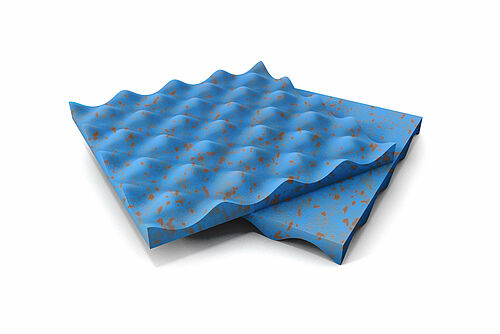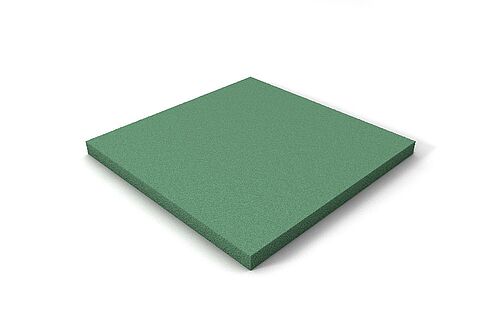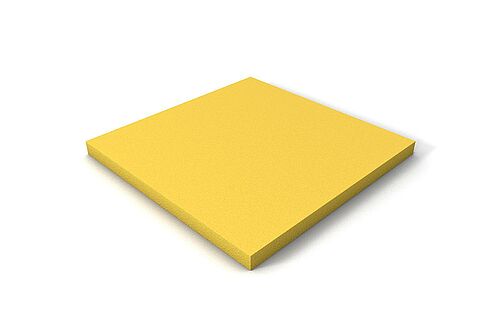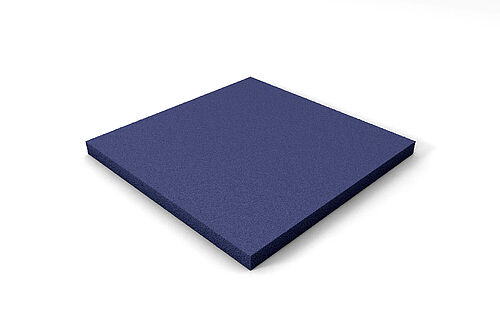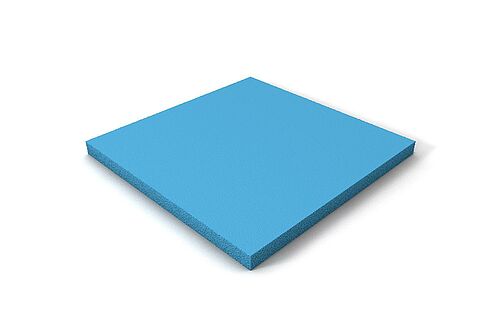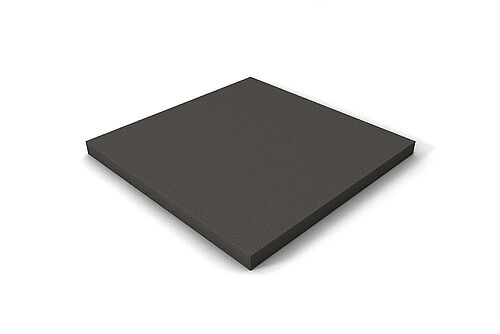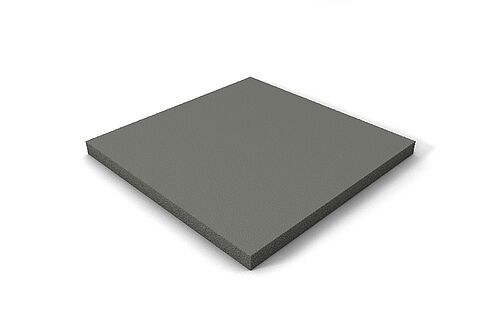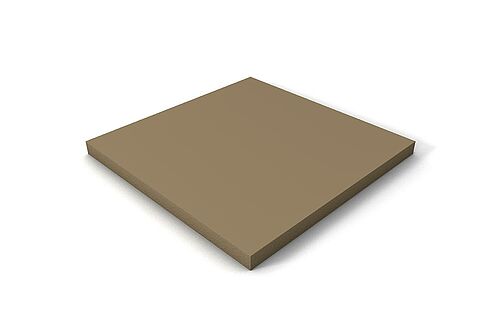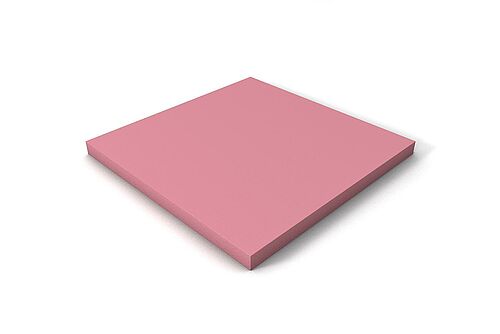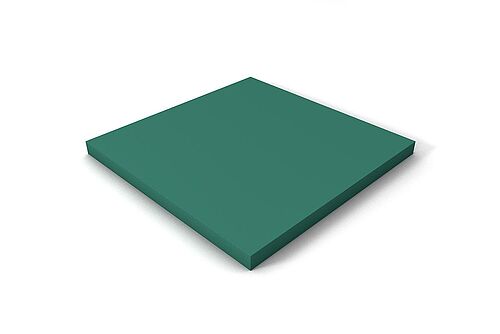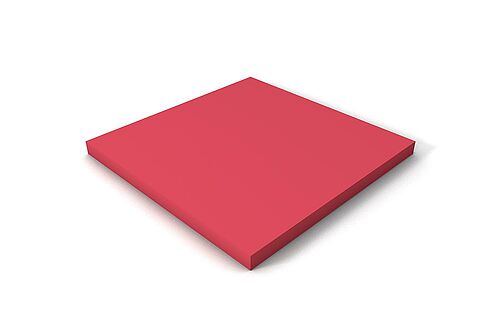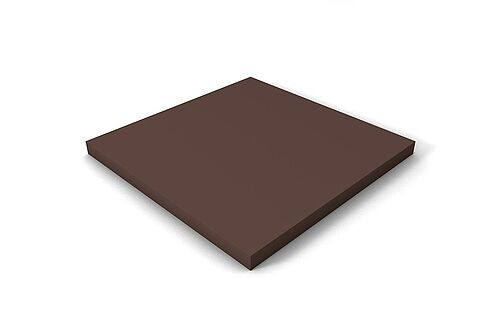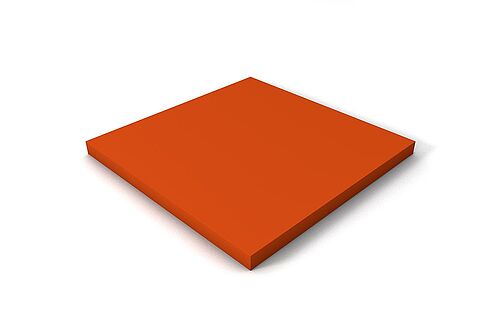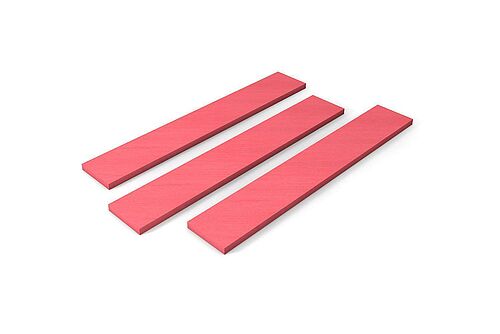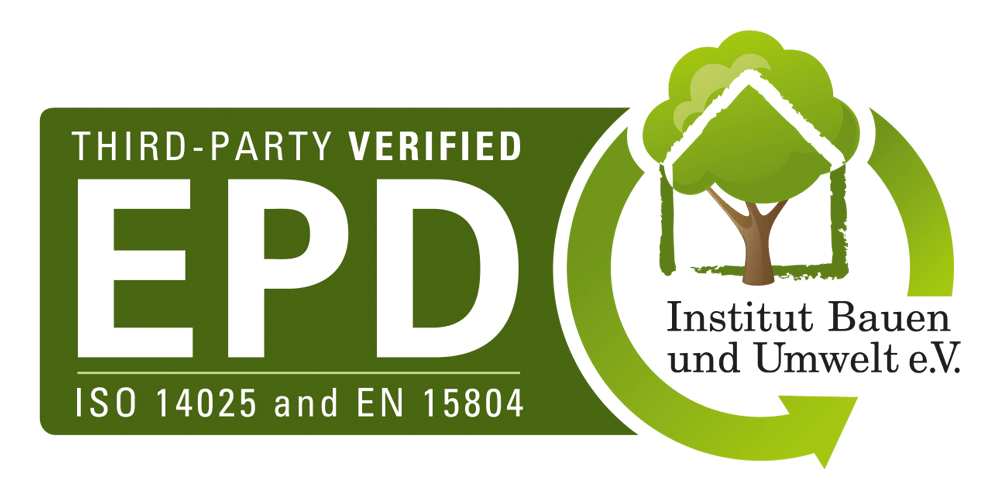REGUFOAM vibration
For vibration isolation and structure-borne sound decoupling
The building authority approved REGUFOAM vibration range offers a portfolio of twelve product types which can be used in the wide load range between 0.002 N/mm² and 2.5 N/mm². This creates many possibilities to implement an isolation concept for projects in the field of building services and HVAC equipment, machines, pools and gyms, as well as vibration protection for buildings, especially those in close proximity to rail infrastructure.
Our team is by your side to assist you in product selection, planning, conception of installation plans and will provide support during installation and implementation.
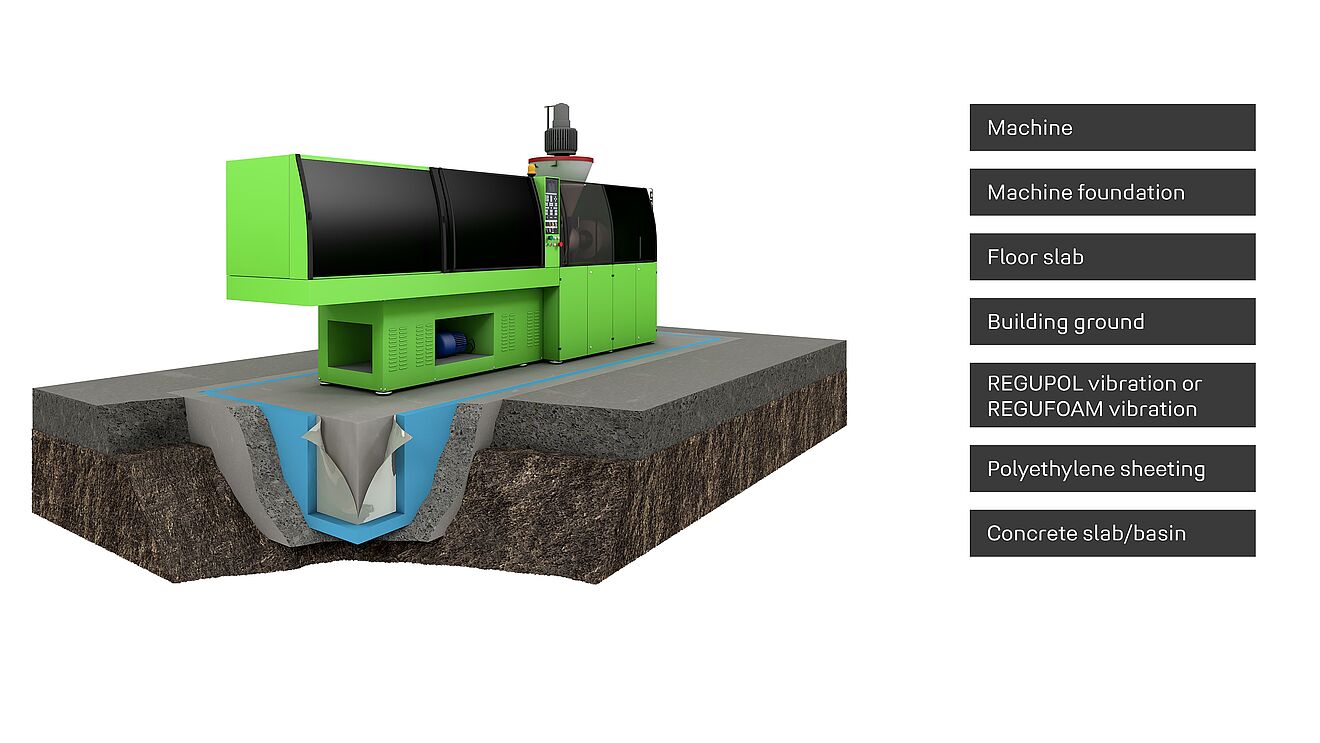
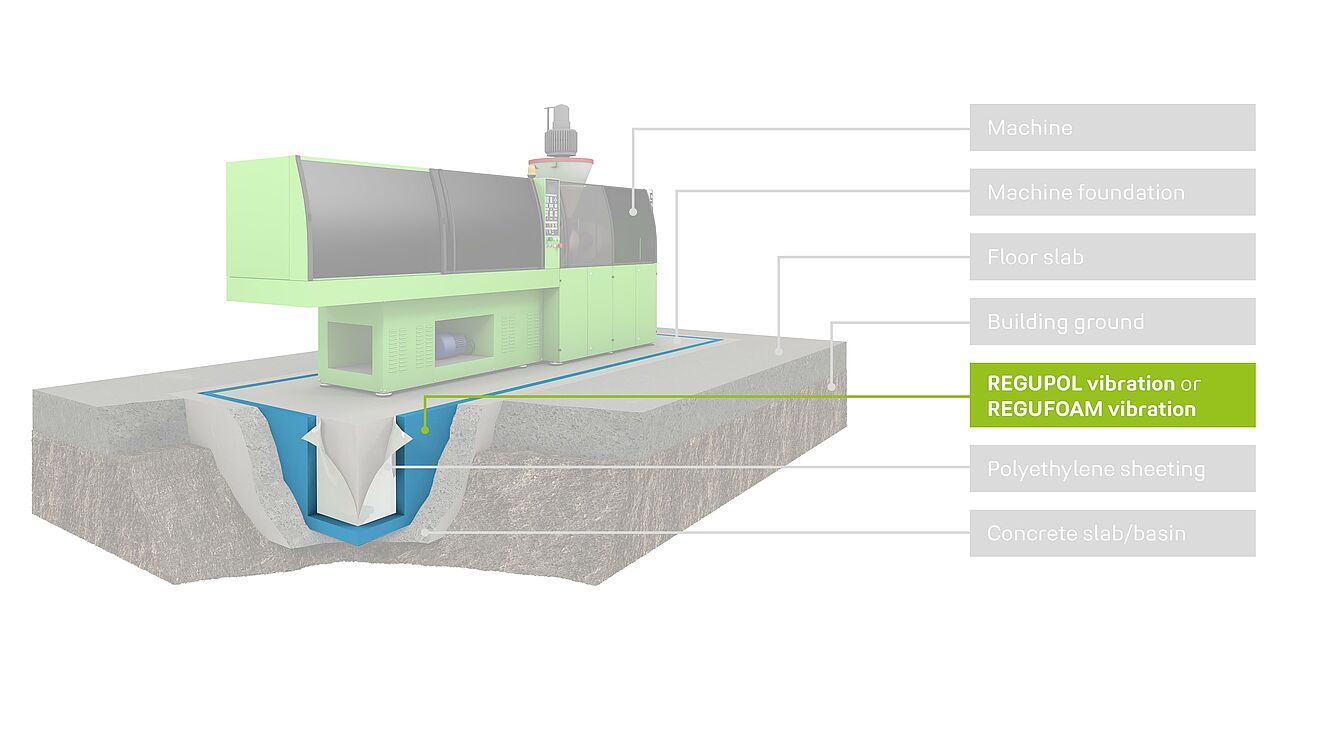
REGUFOAM vibration range
The REGUFOAM vibration Range is based on mixed cellular polyurethane foams, which have been used successfully worldwide since the early 2000s for the vibration isolation and structure-borne sound decoupling of plant and machinery, as well as for vibration protection of buildings. REGUFOAM vibration is characterized by its outstanding durability. Successfully completed projects and expert opinions document the quality of these materials.
QUICK OVERVIEW REGUFOAM VIBRATION RANGE
The REGUFOAM vibration Range consists of twelve product types that complement each other perfectly, especially under foundations with a great variety of different loads. Natural frequencies of ≤ 10 Hz can be achieved with thicknesses of 50 mm. Optimal results can be realised in the range of the specified load capacity limit. Exceeding this load limit leads to degressive spring characteristics, though not to material failure. In fact, the rated value for maximum load bearing capacity is 150 to 200% of the specified load limit.

